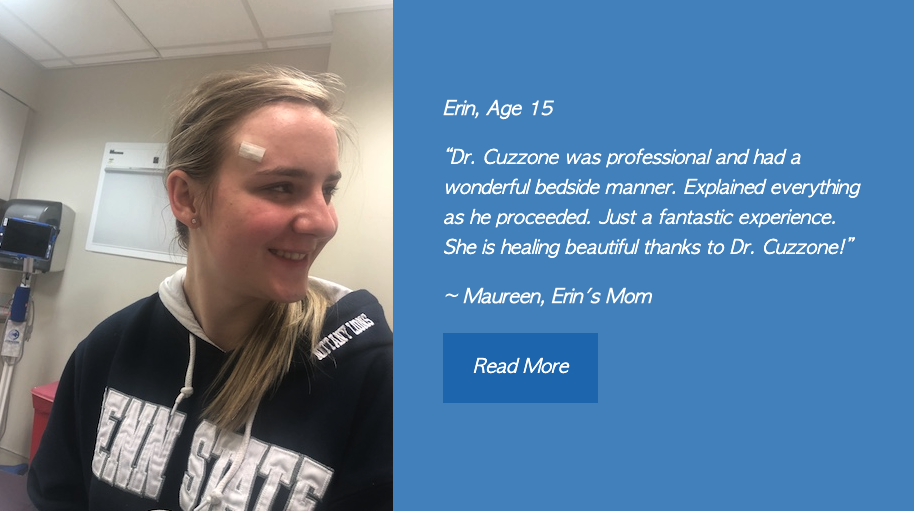September 20th begins Child Passenger Safety Awareness Week, which makes this the perfect time to talk about car seats and how to make sure your child is properly restrained in the car. Whether you are going on a holiday road trip to Grandma’s house or around the corner to pick up a pizza, your child should always be in the correct form of car seat or restraint. Always.
This is especially important to note now, as many friends and neighbors are taking on carpool duties for the return to school during the global health crisis. No matter whose child it is and how far you are traveling, every child must be properly restrained to ensure their safety.
In most areas, children under the age of 12 are not permitted to ride in the front seat of vehicles, and the recommended age for children to ride without car seats or booster seats is actually much higher than many parents may think.
Here are some basic ground rules for transporting child passengers in car seats, and you can find more in-depth information on child passenger safety by clicking on any of the links in this article.
Car Seat Safety
According to the CDC (US Centers for Disease Control & Prevention), proper car seat use reduces the risk of child injury in car crashes by 71-82 percent. Unfortunately, more than half of car seats in the United States are either incorrectly installed or not used correctly.
Purchase the Right Car Seat
To make sure you are using the right car seat for your child, you can use the Car Seat Finder tool from the National Highway Traffic Safety Administration (NHTSA). This government agency can also tell you whether your child should be rear-facing or forward-facing, whether they can just use a booster, or whether your child is old enough and big enough to travel using a shoulder seat belt.
Install and Inspect It
Once you have the right seat, you need to make sure it is correctly installed. If you are unsure whether your child’s car seat is properly installed, you can bring it to an NHTSA-certified technician for a free inspection any time of the year. Simply enter your location on this page, and the NHTSA will direct you to the nearest technician.
Register It
Just like cars, car seats are sometimes subject to safety notices and recalls. To stay on top of car seat recalls, be sure to register your car seat with the manufacturer. You can do this by filling out the card that came with your car seat or by visiting the manufacturer’s website. Once they have your information, the manufacturer will contact you with any important updates.
Keeping Kids Safe and Happy in the Car
You might not think of it this way, but keeping kids happy in the car is also incredibly important when it comes to passenger safety. Children can quickly grow bored on the road, and this can lead to behaviors that distract the driver. Anyone who has attempted to focus on the road despite rowdy or crying children in the back seat can attest to the importance of keeping kids occupied.
Here are a few tips and tricks to help keep child passengers calm:
Pack Snacks
Little bodies need frequent refueling. Try to keep a few pre-packaged snacks and drinks handy in the car.
Keep Kids Occupied
Even if you are only driving short distances right now, children can quickly become a distraction when they don’t have something to do. Keep a few small toys and books in the car to help them stay occupied. You can also take advantage of car time to play together: try singing along to the radio or kid-friendly music, listen to an audio book together, play “I Spy,” or get to know kids better by engaging them in conversation through questions about their favorite things.
Use Mirrors
A driver’s automatic reaction to back-seat shenanigans is to turn around to see what’s going on and/or admonish tiny culprits. Especially when you are transporting precious cargo, you need to keep your eyes on the road at all times. Try installing mirrors in the car that make it easier for you to see your little passengers without turning around.
Call Dr.STITCH
If you and your child are in a car accident, the very first thing you should do is call 911, then wait for emergency assistance at a safe distance from the road if you can. If any burns, lacerations, facial trauma, hand injuries, or complex wounds were suffered, one of your next calls should be to Dr.STITCH.
Not sure why you need a plastic surgeon to stitch your child’s wound? Just ask 15-year-old Erin and her mother, Maureen. Erin recently got a nasty forehead gash when she hit her head on a dresser.
Maureen called Dr.STITCH right away, and she was directed to meet a surgeon at NYU Winthrop Hospital. Within minutes of their arrival at the emergency room, Erin was triaged then brought to a private room for stitches with LIPSG’s own Dr. Daniel Cuzzone. Erin had her wound quickly and expertly closed, and her mother says she is healing beautifully, all thanks to that call to Dr.STITCH!
With expert plastic surgeons on standby 24/7, the team at Long Island Plastic Surgical Group is always here for you. Learn more about the services we provide, and be sure to download our Contact Card to your phone.

